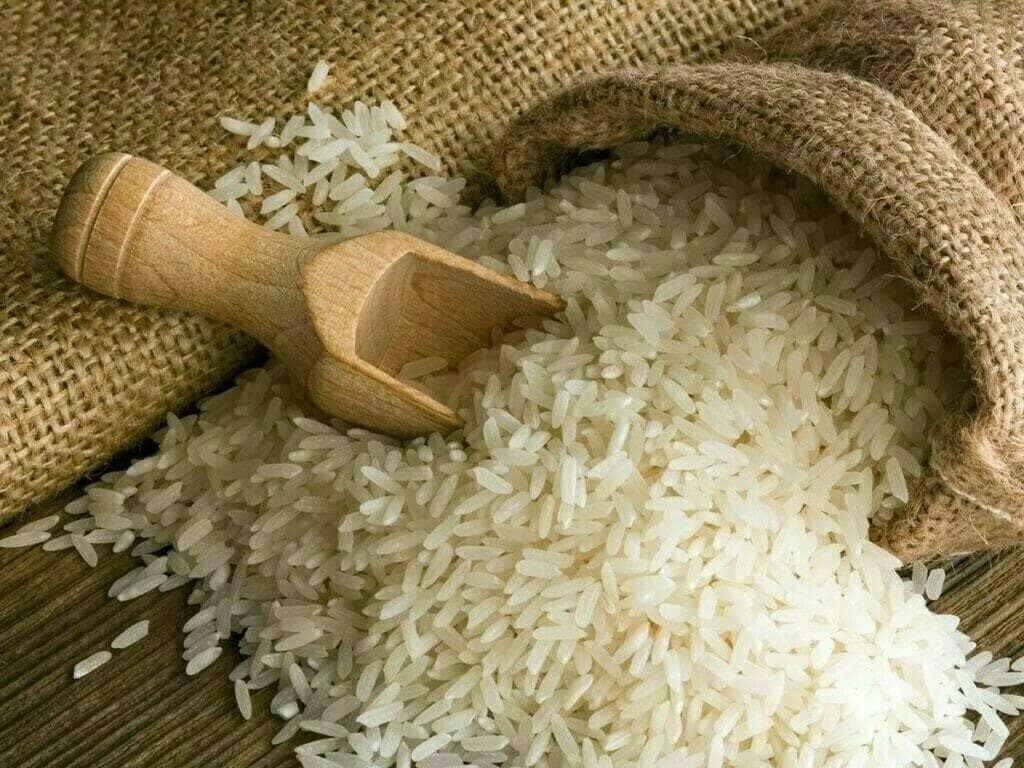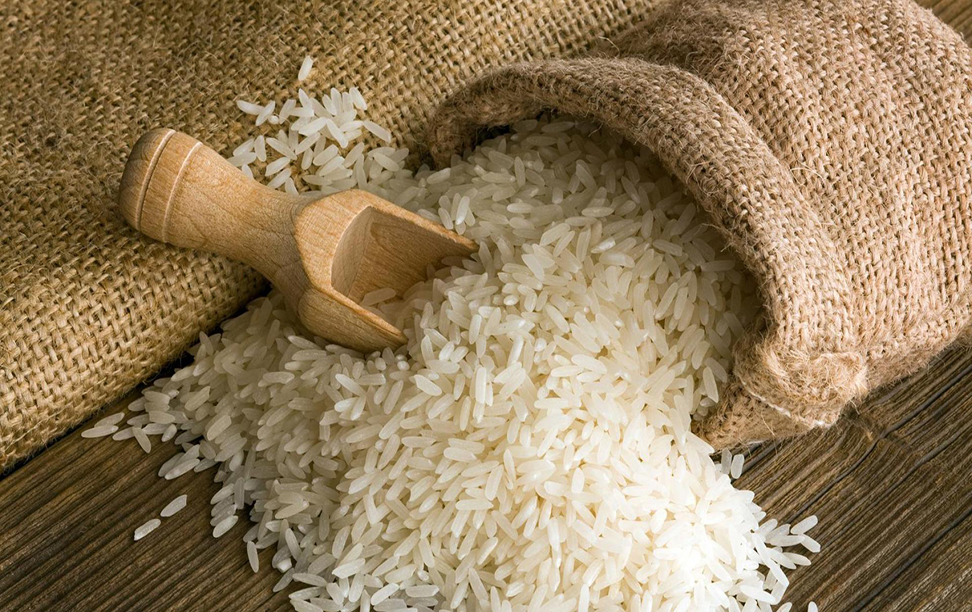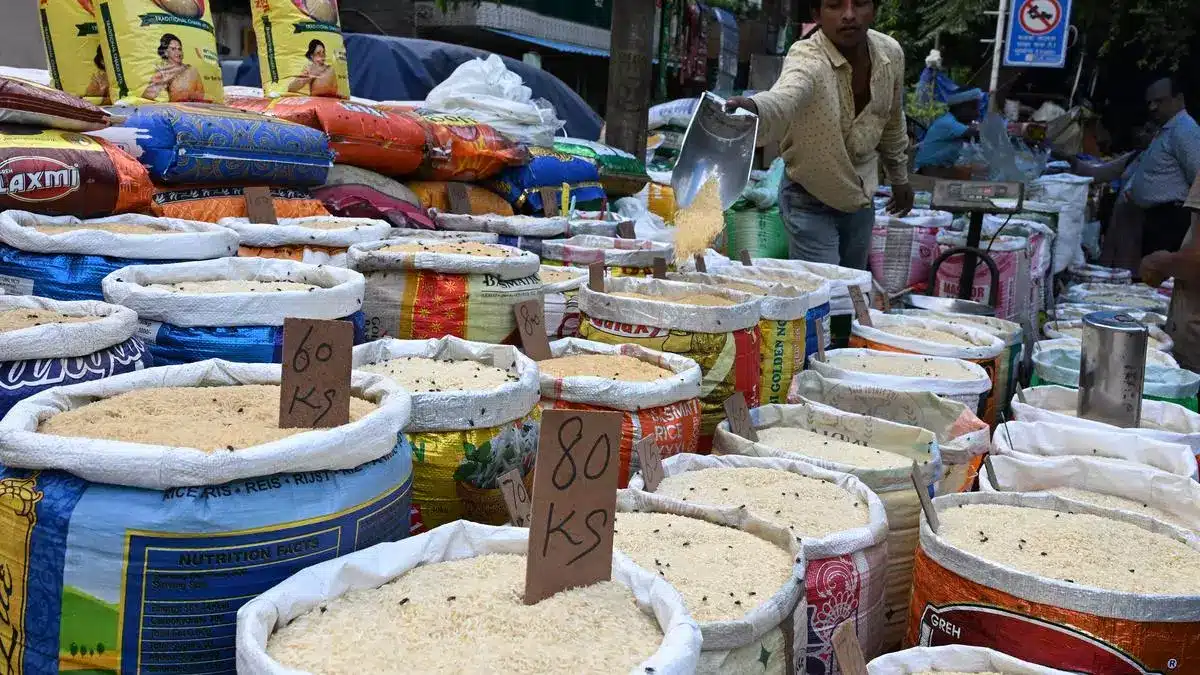Tags
Scientists explore how to improve crop yields – on Mars
By Will Dunham


Item 1 of 2 Researchers Wieger Wamelink and Rebeca Goncalves harvest tomatoes, carrots and peas that were grown in Mars regolith simulant, as well as sand and organic Earth soil at Wageningen University & Research in Wageningen, Netherlands, in this undated handout photograph. Rebeca Goncalves/Handout via REUTERS
May 1 (Reuters) – For future human bases or colonies on Mars to be self-sustaining, a reliable source of home-grown food will be a must. It simply would be too costly and risky to rely upon rocket deliveries to meet the food needs of colonists. With this in mind, scientists are exploring ways to optimize space farming.
In a controlled greenhouse at Wageningen University & Research in the Netherlands, researchers have now identified a way that shows promise for improving crop yields in simulated Martian soil, with different crops grown together in a method called “intercropping” pioneered by ancient Maya farmers.
In their experiments, the researchers grew cherry tomatoes, peas and carrots together in pots. Tomatoes grown in this manner produced about double the yield of tomatoes grown alone – or “monocropped” – in the same simulated Martian soil, with more and bigger fruit. The tomatoes also flowered and matured earlier, gave more fruit per plant and had thicker stems.
The yields of peas and carrots did not increase with intercropping.
“Since this is pioneering research, where it’s the first time that this intercropping technique is applied to space agriculture, we really didn’t know what to expect,” said astrobiologist Rebeca Gonçalves, lead author of the study published on Wednesday in the journal PLOS ONE, opens new tab.
“And the fact that it worked really well for one out of the three species was a big find, one that we can now build further research on. Now it’s just a matter of adjusting the experimental conditions until we find the most optimal system. It can be different species, more species, different ratio of species,” Gonçalves added.
The crops were grown in simulated Martian regolith – soil with no organic matter – developed by NASA researchers that is a near-perfect physical and chemical match to real Martian soil. The researchers added beneficial bacteria and nutrients. They also controlled the gases, temperature and humidity inside the greenhouse to match conditions expected in a Martian greenhouse.
While human bases on Mars are commonplace in movies, they remain in the realm of science fiction. But the U.S. space agency NASA, for instance, is developing capabilities needed to send people to Mars in the 2030s.
“Mars is really far away. A flight now would take about nine months. If you want to live there as humans, you will have to grow your own crops at the site,” said study co-author Wieger Wamelink, a plant ecologist at Wageningen and CEO of a company called B.A.S.E. developing lunar and Martian greenhouses.
“Flying in food is very costly and also vulnerable. You do not want to end up on Mars without anything to eat, like in the film ‘The Martian.’ Our main goal is to use as much as possible from the resources at the site,” Wamelink added.
Intercropping involves cultivating plants possessing complementary properties that can help each other grow to optimize the use of resources including water and nutrients.
The researchers said the tomato plants in intercropping may have benefited from their proximity to the pea plants because the latter are good at turning nitrogen from the air, with the help of bacteria introduced into the soil, into a key nutrient.
The carrot yield showed a statistically significant decline in intercropping and the peas yield had no statistically significant change, Gonçalves said.
“It is very important how you select the crop species that you combine, because the tomato did profit from the peas, but the carrot most certainly did not. This was probably due to lack of light. The tall tomato and pea plants did out-compete the carrot by taking light from it,” Wamelink said.
Overall, the tomatoes, peas and carrots grew well, though not as well as in Earth soil in the same greenhouse.
The researchers did not taste these vegetables grown in the simulated Martian soil because they had to undergo certain testing.
“We did taste an earlier harvest including tomatoes,” Wamelink said. “I thought the Martian ones were sweeter than the Earth ones grown on potting soil.”
https://www.reuters.com/technology/space/scientists-explore-how-improve-crop-yields-mars-2024-05-01/Published Date: May 2, 2024







